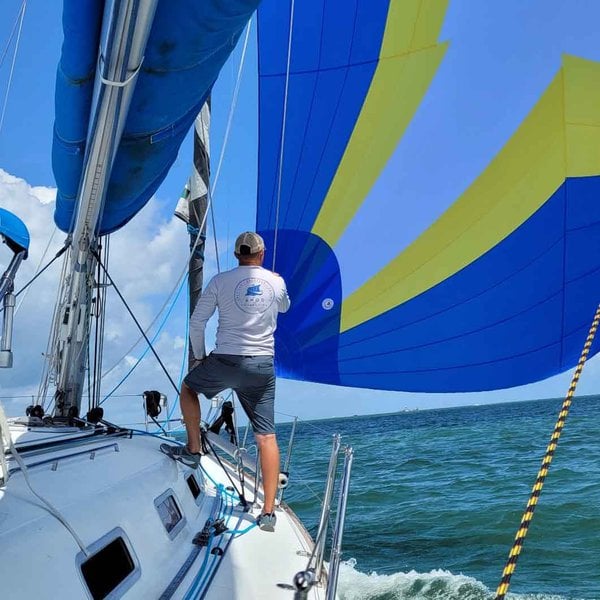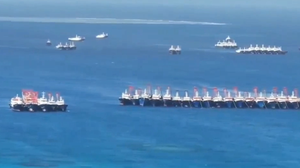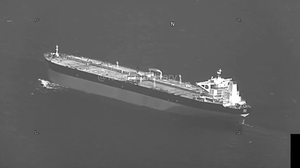
Iranian Boats Mob Tanker
Published 1 years ago
Footage from May 3 showing a Panamanian-flag tanker being swarmed and subsequently seized by Iranian boats in the Strait of Hormuz. At that time, this was the second such action in a week. Tensions have increased in the region as Iran has taken an even more aggressive stance towards vessels transiting the Strait of Hormuz and the Persian Gulf. It should be noted that recently the U.S. seized a tanker loaded with Iranian oil off the coast of Texas.
Iran has long posed a threat to vessels transiting the Strait of Hormuz and intermittently escalates their rhetoric and provocation. This narrow chokepoint connects the Persian Gulf, also known as the Arabian Gulf, to the Arabian Sea, the Indian Ocean, and the wide, wide world beyond, and 17 to 20 million barrels of oil, or twenty to thirty percent of the world’s consumption, pass through the straight daily. Actions affecting the passage of tankers through the straight cause fluctuations in the global price of oil and create ripples in the global economy. For those in countries like the U.S. who state that the solution is energy independence, and that the U.S. should just increase production, that does not thoroughly address this issue. Oil is a globally traded commodity, and fluctuations in supply affect price world-wide. Furthermore, transporting oil in ships costs money, so when a country like, say, South Korea is forced to shift from a Middle Eastern supplier to a supplier further away, shipping costs increase the overall cost of the product. This results in higher energy costs which, in turn, increases the costs associated with industrial and agricultural production and in the importation of foodstuffs and other products. Thus, interference with oil tankers transiting the Strait of Hormuz can result in a more expensive bowl of kimchi in Seoul and a more expensive Samsung TV in Cleveland.
The U.S. is currently responding to Iranian provocation by deploying F-16s and F35s to bases in the region and sending the Amphibious Ready Group (ARG) centered on the U.S.S. Bataan to the Persian Gulf. An ARG consists of three amphibious ships transporting a Marine Expeditionary Unit possessing land and air combat capabilities, and this will reinforce U.S., British, and Australian naval assets already operating in those waters.
About the Author

Cam
Cam served as an infantry officer in the Marine Corps, deploying to the Horn of Africa and participating in combat operations in Iraq. He currently works in the maritime industry and in the defense sector as an instructor of combined arms planning and operations. An avid sailor, Cam founded and directs a nonprofit that supports veterans and first responders through sailing.






